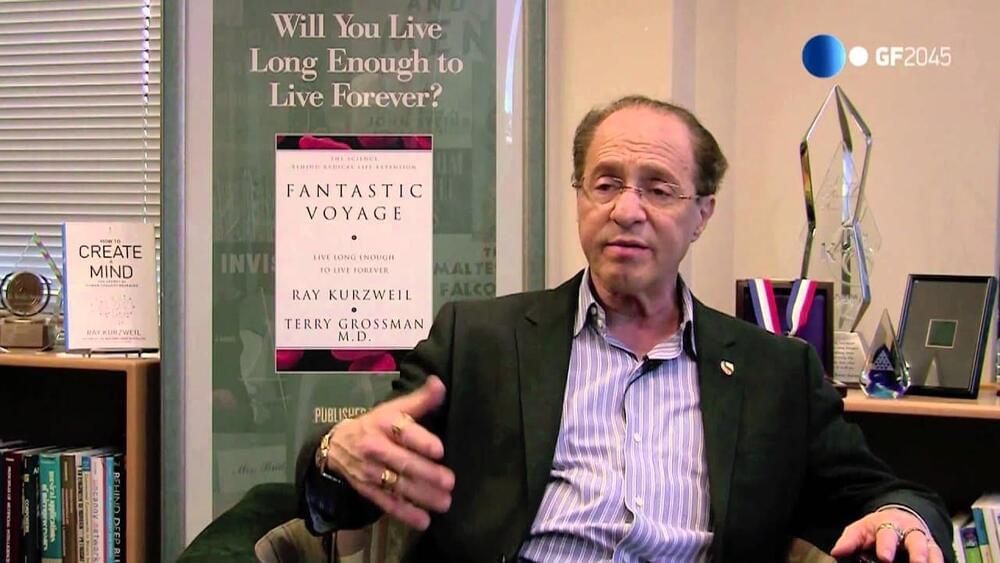China could soon outlaw all the news media outlets that are not directly funded by the Communist Party. China’s top economic planner has unveiled a new proposal that would bar private investment in news-related entities. China says that it is proposing to ban private investments to control “unlawful news media-related businesses”. Beijing is preparing to exercise greater control over the news industry, which is already heavily regulated. The current crackdown comes in the midst of a campaign by Xi Jinping to limit the power of private businesses.
#ChinaMediaBan #ChinaCrackdown #Xijinping.
Crux is your daily dose of the big, viral and relevant news in a few minutes. It’s your ultimate guide to staying informed on the latest in politics, international relations, sports, entertainment and social media.
Follow CRUX on Instagram (@crux.india): https://bit.ly/3qSFx1K
Follow CRUX on Facebook: https://bit.ly/2Lte7iF
#GetCloserToTheNews with latest headlines on politics, sports and entertainment on news18.com https://bit.ly/2Y4QccL
Also watch:
Crux One Take: https://bit.ly/3oNaLWf.
Crux Files: https://bit.ly/3mnbnjW
Crux BTS: https://bit.ly/3oCjbQE









